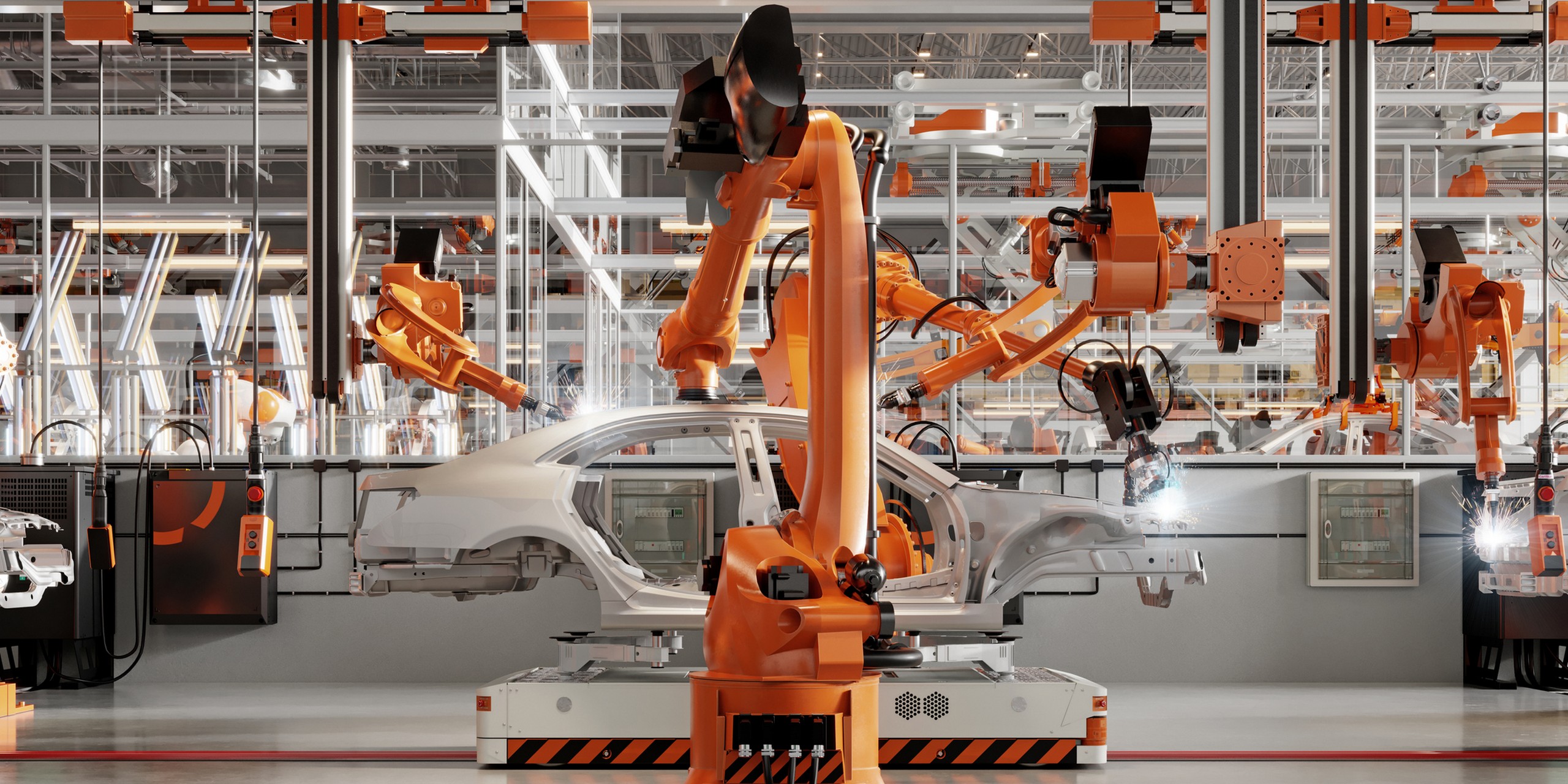According to data from the UN and World Bank, the manufacturing industry has been in a steady decline on a global level over the last four decades. In Germany, the sector’s contribution to GDP sank from 33% in 1980 to 19.4% in 2019. (Quelle: Brilliance in resilience – A guide for European companies to survive and thrive in a sea of crises | Eraneos – Switzerland)
The pandemic, the Russo-Ukrainian war, and the energy crisis in Europe have each triggered even more severe disruptions, from supply bottlenecks to procurement issues for raw materials.
The six most critical disruptions within the manufacturing sector are:
1. Labor shortages
Labor shortages have made it increasingly hard to retain talent within this sector. In 2021, Parsable surveyed 1,400 frontline manufacturing workers from Germany, France, the US, Spain, and the UK revealing that 45% of the participants were ready to move to another job if it was more modern and/or digital.u003cbru003eThis percentage was even higher among participants aged 18–24 (at 55%). (Quelle: Brilliance in resilience – A guide for European companies to survive and thrive in a sea of crises | Eraneos – Switzerland)
Furthermore, the introduction of new tasks and technologies to this industry requires skills that the current, ageing workforce does not have, and this is serving to aggravate the situation further.
2. Material shortages
Material shortages and lack of resources caused by Russian bottlenecks have been disrupting operations across different industries in Europe this year. As a result, companies are struggling with procurement of raw materials and intermediate products needed.
The German Research Institute of IFO revealed in June 2022 that shortages of intermediate products in manufacturing are expected to last another 10 months on average for each sector. An influencing factor here is the concentration of supplies. This is due to both Russia and Ukraine being major suppliers of critical raw materials. Similarly heavy reliance on concentrated suppliers leaves this industry vulnerable. Last year, the EU’s imports from China were the highest in recent years (worth €472 billion), leaving the region open to more shortages amid any potential Chinese conflict, which could be possible, considering the recent tension between China and Taiwan. (Quelle: Brilliance in resilience – A guide for European companies to survive and thrive in a sea of crises | Eraneos – Switzerland)
A survey by Economiesuisse revealed that 80% of the interviewed companies faced difficulties purchasing intermediate products in 2021, with the majority naming transportation problems as the leading cause of their supply bottlenecks. (Quelle: Brilliance in resilience – A guide for European companies to survive and thrive in a sea of crises | Eraneos – Switzerland)
3. Demand surges
Demand surges have also been responsible for supply chain disturbances, as the lifting of Covid-related restrictions led to an unexpected rise in demand across different sectors. This has aggravated the supply/demand imbalance problem.
4. Offshoring disruptions
Another source of disruption that was exposed by the recent pandemic is offshoring strategies. This popular manufacturing practice is now being reconsidered by large corporations as it became a vulnerability during recent events.
From the implications of lockdowns in several countries to the devastating natural disasters in others (Japan, India and Pakistan), as well as the impacts on Russian partnerships because of the recent war, offshored operations have been severely disrupted, resulting in manufacturers reconsidering their strategies and adopting reshoring.
One of the CEOs we interviewed stated that:
Earlier this year, our factory in China was shut down completely for two weeks because of a total Covid-lockdown of the city Suzhou. They shut it down and we couldn’t manufacture or do anything. We didn’t get any early warning. It happened overnight.
5. Cyberattacks
Cyberattacks have become somewhat common. The increasing use of technology in manufacturing operations is requiring stronger cybersecurity from companies in order to protect the customers, employees and suppliers from data breaches and cyberattacks.
Earlier this year, Check Point, the world’s leading cybersecurity employer, released a report on global weekly cyberattacks across all sectors, and manufacturing was ranked eighth within the top ten most targeted sectors, with an average of 969 attacks per week as at Q2 of 2022. (Quelle: Brilliance in resilience – A guide for European companies to survive and thrive in a sea of crises | Eraneos – Switzerland)
6. Increased costs
From increased utility and energy costs, which have risen owing to both geopolitical events and climate change impacts, to the challenge of adequately balancing resources and cost controls, manufacturers across Europe are facing significantly high bills that are forcing labour and operation cuts.
How do manufacturing companies cope with these global events? With organizational resilience.
The CEO of a leading French glass tableware company, Arc International, stated that:
It’s the most dramatic situation we have ever encountered. We don’t want to stop operations completely, but we are not going to produce if we lose money.
Organizational resilience is not just about identifying, preparing for, and managing emergency or crisis scenarios, but also about persisting under challenging conditions and adapting to the new environment.
Our “Brilliance in Resilience” guide shows you how to use organizational resilience to develop more accurate forecasts considering these disruptive factors and how to plan for alternative solutions.
Read our guide “Brilliance in resilience – A guide for European companies to survive and thrive in a sea of crises | Eraneos – Switzerland” for deeper insights.






